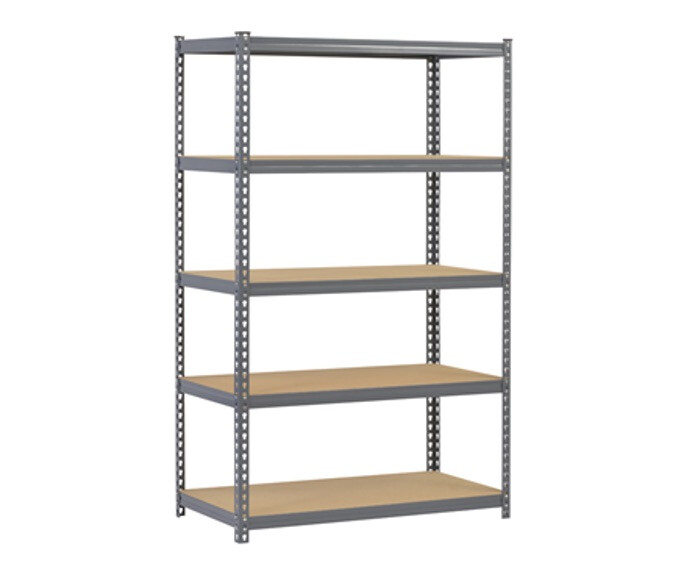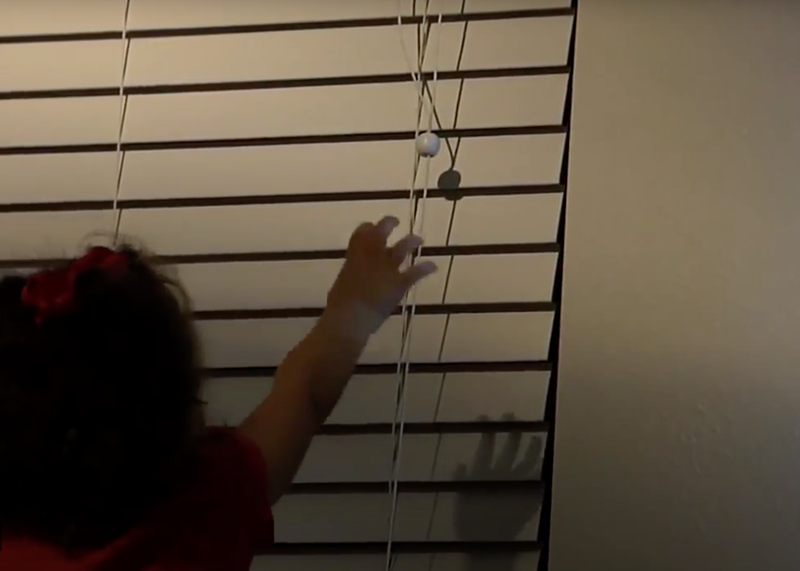Daylight Saving Time Begins Soon! 7 Maintenance Tasks to Do When You Spring Forward
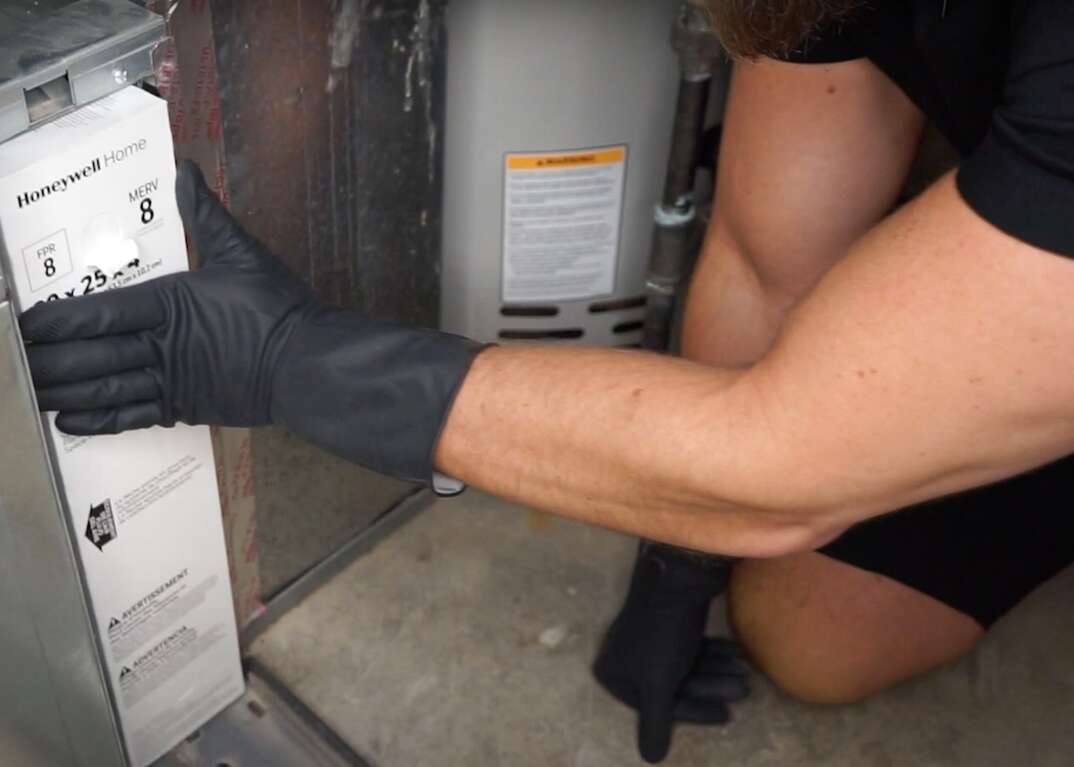
If you haven’t checked your calendar lately, consider this a warning: Daylight Saving Time is starting soon — if your state participates, that is. (We’re looking at you, Arizona and Hawaii.) You know the drill. Turn the clocks forward an hour and give up a bit of that extra sleep you were afforded last fall. Or, you could use your precious, fleeting hours to knock out a few home maintenance tasks you haven’t thought about since Fall Back.
This May Also Interest You: Winter Exterior Home Maintenance Checklist: 6 Things to Do to Prepare Your House for Winter
Hopefully most of your clocks will spring forward automatically this year. But if you still have to run around the house to adjust some analogs, you might as well check these seven tasks off your to-do list:
1. Change Your Smoke Alarm’s Batteries
You’ve probably heard this one before: When you turn your clocks forward or back, you should also swap out the batteries in your smoke detector. This way, you can make sure these life-saving detectors are always in operation. An added benefit is that you shouldn’t ever have to deal with the annoying beep ... beep ... beep of a low-battery smoke detector.
Test the alarms once the batteries are replaced, and make sure you replace the alarms themselves every 10 years.
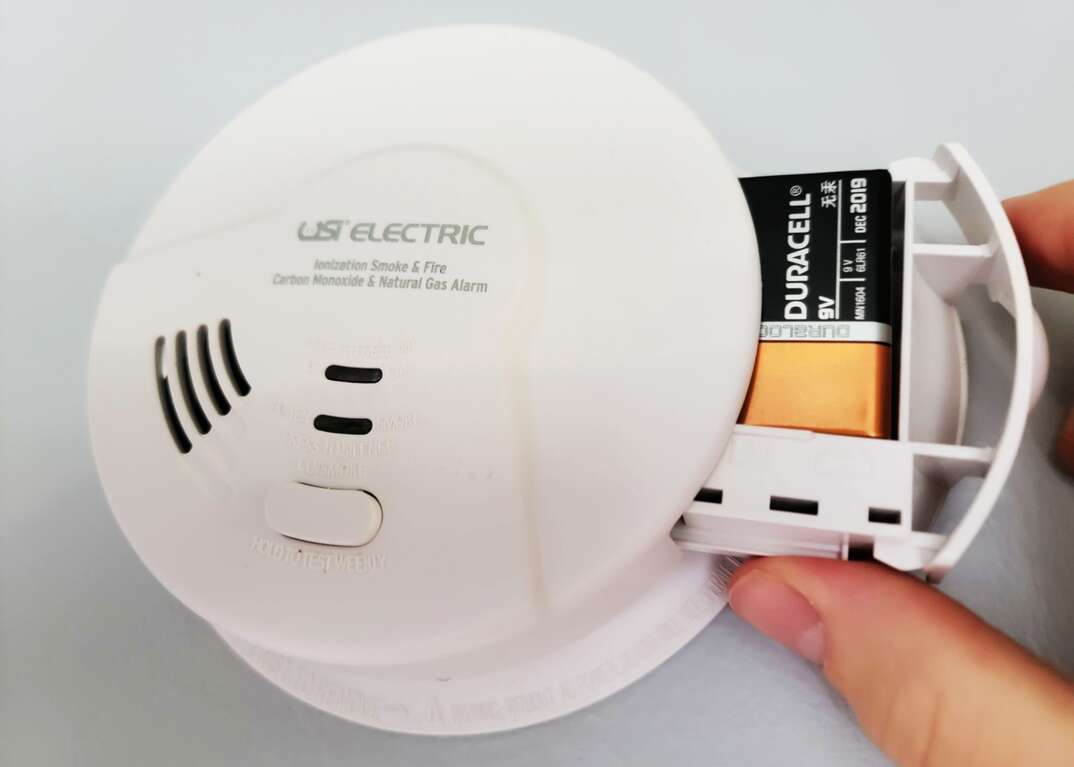
2. Check Your Carbon Monoxide Detector
While you’re at it, you’re going to want to replace the batteries in your carbon monoxide alarms, too. According to the Consumer Product Safety Commission, the cooler months are a hot time for fuel-burning appliances like furnaces, portable generators and other appliances that can produce deadly CO gas if they malfunction. You can’t see or smell the gas, so it’s often referred to as an “invisible killer.”
After you replace the batteries, check the alarms to make sure they’re working. CO alarms only last five years, so you may need to replace the detectors if you’ve had them longer than that.
3. Clean Your Dryer Vent
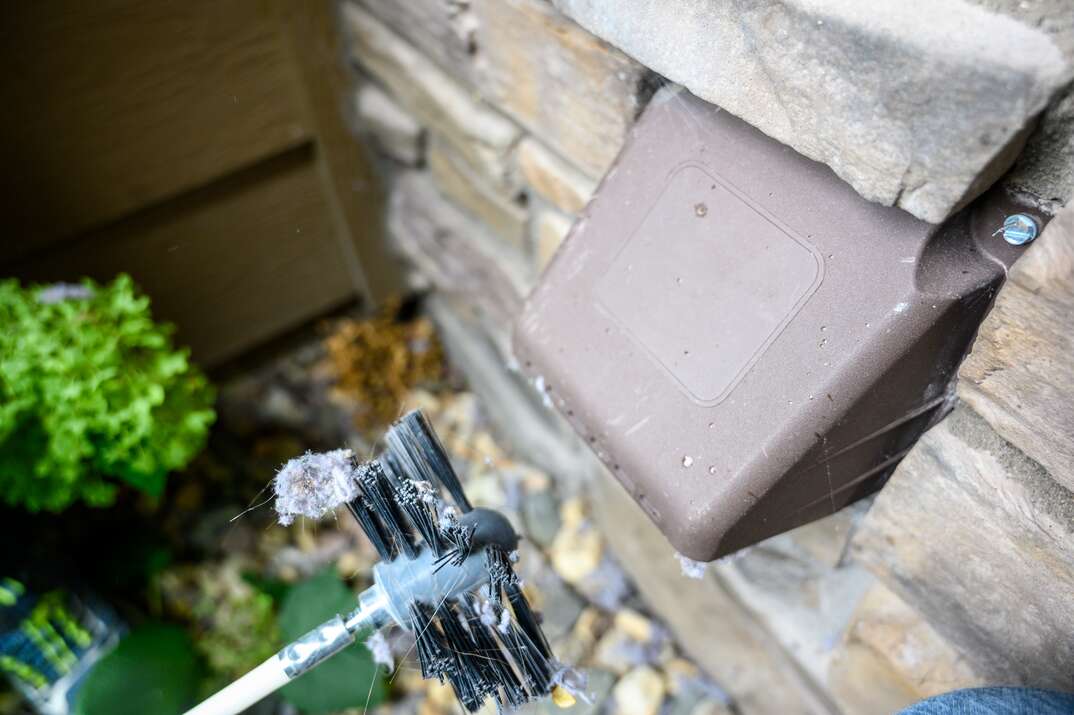
You probably wipe out your dryer’s lint trap after every load — and good for you — but how long has it been since you cleaned out the vent? This is a task you should do at least once a year, but in a busy house with lots of loads of laundry going each week, twice-yearly cleanings can’t hurt. Lint build-up is a fire hazard, after all.
To clean your vent, start by unplugging your dryer or disconnecting the gas line. Then, pull it away from the wall. (Here’s a handy guide if you’re not sure how to do that.)
Next, pop off the hose and use a vacuum cleaner with an attachment to remove all the lint in the hose and the back of the dryer. If you can, remove the hose from the wall so you can get at it from that side, too. You can also go outside to where the hose vents and clean that opening. When you’re done, reattach the hose, plug your dryer in and move it back into place.
4. Rotate Your Mattress
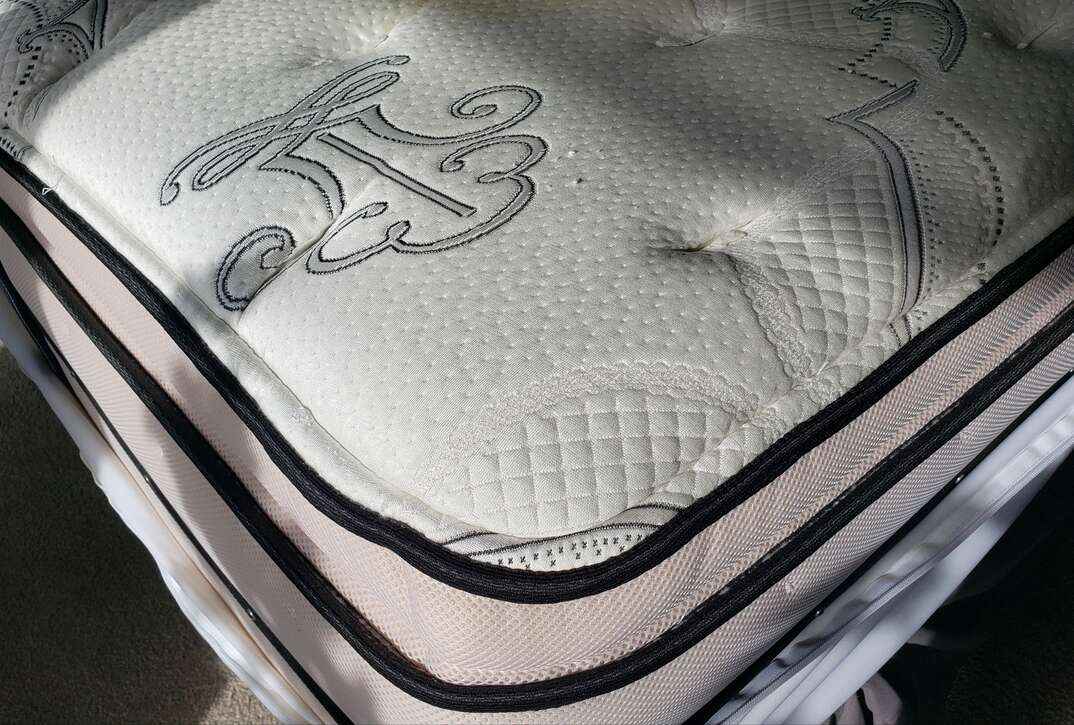
Considering we’re on them about one-third of our lives, mattresses undergo a lot of wear and tear. To keep them from wearing out prematurely, you may need to flip or rotate them every so often. According to the Sleep Foundation, most mattresses don’t need to be flipped. Only do so if it’s recommended by the manufacturer.
However, you should rotate your memory foam, latex and new innerspring mattresses once or twice a year. This is a good task to mark down on the calendar next to “Daylight Saving Time.” Older innerspring mattresses should be rotated more often (like two to five times per year), and mattresses with “zoned” designs don’t need to be rotated at all.
To rotate your mattress, you’ll basically just spin it around so that the part that was once by your headboard is now at the footboard. Keep things spinning by rotating your couch cushions, too. Depending on the design of your couch, you may be able to rotate those cushions to make sure they get an equal amount of wear.
More Related Articles:
- Protect Your Home Against Flooding With This Sump Pump Maintenance Checklist
- Make Sure Your Window Wells Are Well Maintained With This Checklist
- Home Backup Generator Maintenance Checklist
- The Do’s and Don’ts of HVAC Maintenance
- Keep Your Pool Running Swimmingly With These Maintenance Tips
5. Reverse Your Ceiling Fans
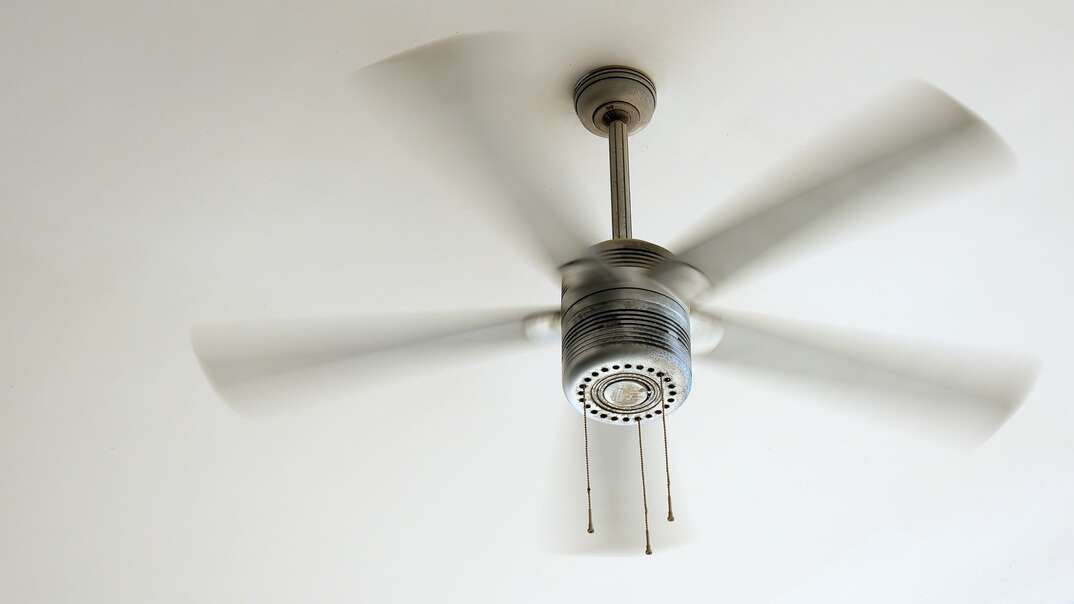
Did you know that the direction your ceiling fan turns impacts the temperature of your house? In the winter, your fans should turn clockwise. This creates an updraft that pushes warm air down toward the inhabitants of the room.
As we head into the hotter summer, however, you’ll want to make sure your ceiling fan rotates counterclockwise to blast cool air downward for a wind-chill effect. To adjust the direction, just flip the toggle switch on the fan’s housing.
6. Drain Your Water Heater
The minerals in your home’s water supply can settle in your water heater’s tank, reducing efficiency over time. It can even lead to nasty clogs that could shorten the machine’s usable life. Most experts recommend that you drain the tank about once a year. Scheduling a draining session every time you spring your clocks forward might make it easier to remember to do this task.
For full instructions, here’s our guide on draining your water heater.
7. Change Your HVAC Filters
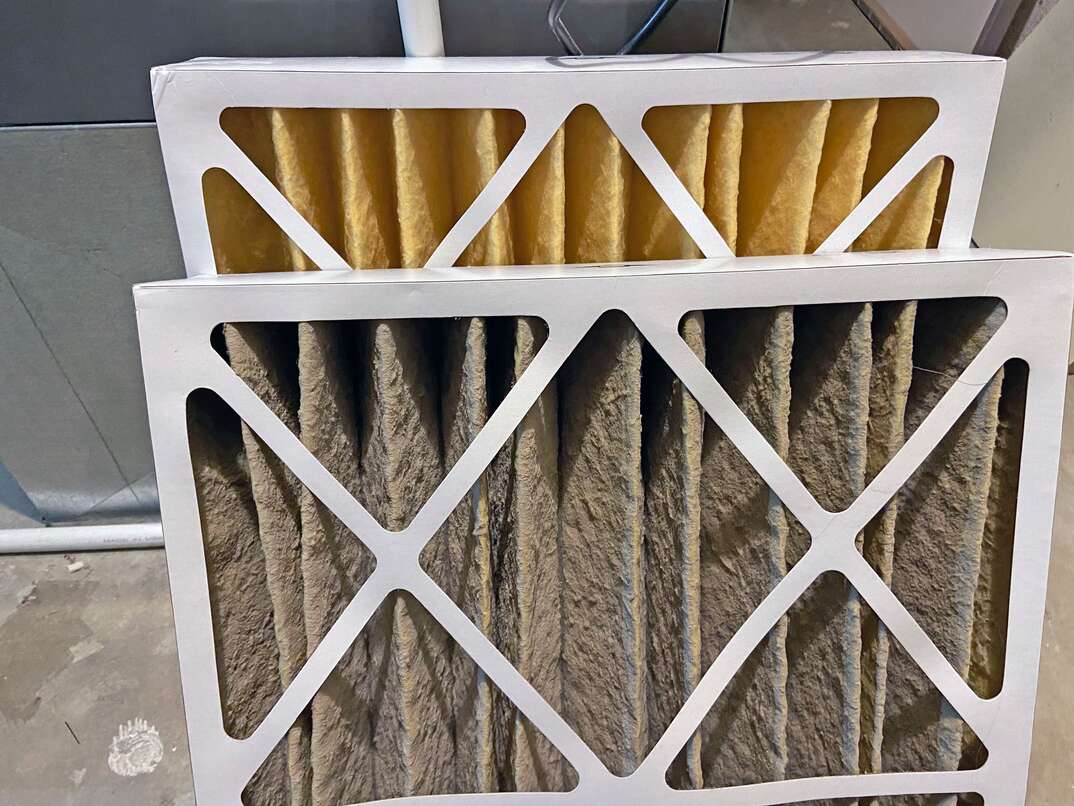
You’re really supposed to change your furnace and AC filters every three months. But thicker filters can go as long as nine months before they need replacing or cleaning. Not sure when you last swapped filters? Now’s the time to do it. (Here’s a step-by-step how-to guide.)
As long as you’re checking filters, you might want to take the opportunity to change or clean these ones if you haven’t in a while:
- Water pitcher, fridge and icemaker filters
- Vacuum cleaner filter
- Air purifier filters
- Range hood filter
- Bathroom exhaust fan filter
